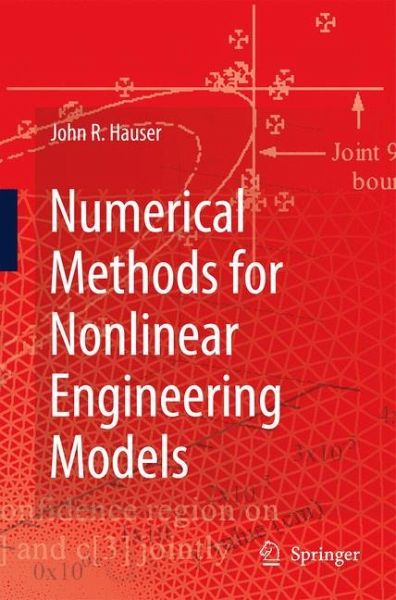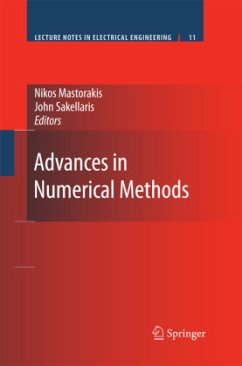
Numerical Methods for Nonlinear Engineering Models
Versandkostenfrei!
Versandfertig in 6-10 Tagen
190,99 €
inkl. MwSt.
Weitere Ausgaben:

PAYBACK Punkte
95 °P sammeln!
This book develops and illustrates some numerical computer-based methods that can be used for engineering models and equations. It emphasizes nonlinear engineering models and provides detailed discussion of computer algorithms for solving nonlinear problems.
There are many books on the use of numerical methods for solving engineering problems and for modeling of engineering artifacts. In addition there are many styles of such presentations ranging from books with a major emphasis on theory to books with an emphasis on applications. The purpose of this book is hopefully to present a somewhat different approach to the use of numerical methods for - gineering applications. Engineering models are in general nonlinear models where the response of some appropriate engineering variable depends in a nonlinear manner on the - plication of some independent parameter. It is certainly true that for many types of engineering models it is sufficient to approximate the real physical world by some linear model. However, when engineering environments are pushed to - treme conditions, nonlinear effects are always encountered. It is also such - treme conditions that are of major importance in determining the reliability or failure limits of engineeringsystems. Hence it is essential than engineers have a toolbox of modeling techniques that can be used to model nonlinear engineering systems. Such a set of basic numerical methods is the topic of this book. For each subject area treated, nonlinear models are incorporated into the discussion from the very beginning and linear models are simply treated as special cases of more general nonlinear models. This is a basic and fundamental difference in this book from most books on numerical methods.













